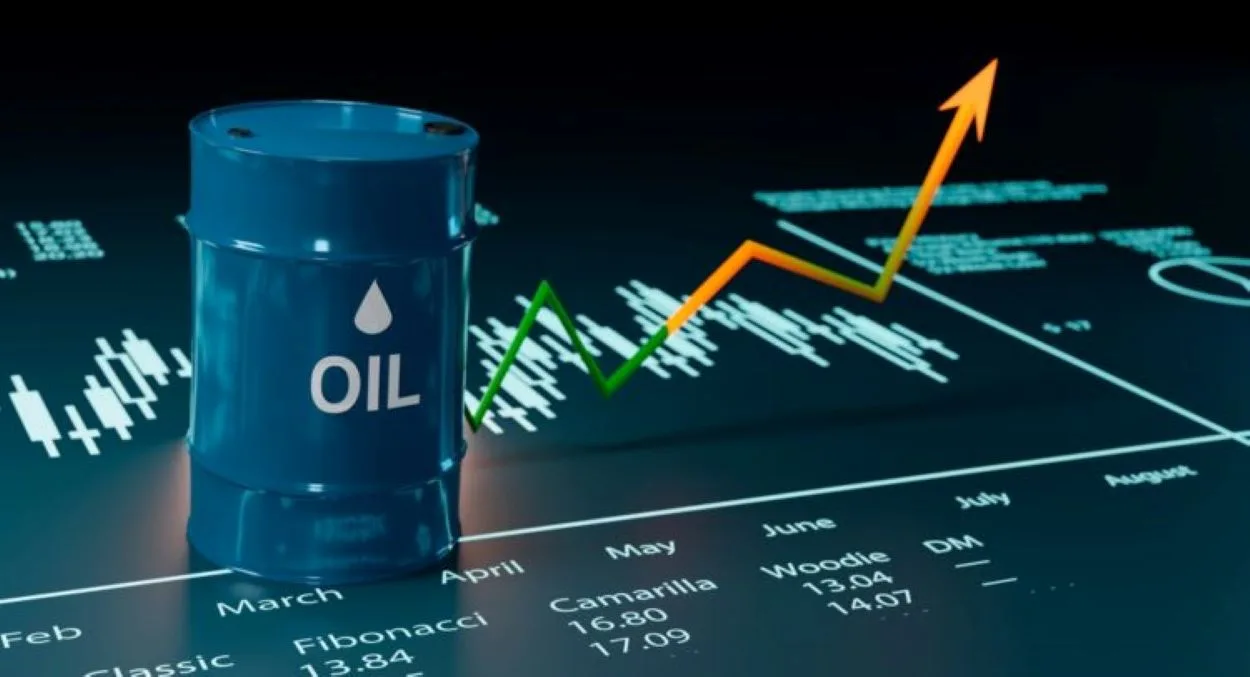Oil prices surged as the escalating Iran-Israel conflict heightened geopolitical risks, though major oil and gas infrastructure remained largely unaffected. As Reuters reported, Brent crude futures rose $2.11, or 2.88%, to $75.35 per barrel, while U.S. West Texas Intermediate (WTI) crude gained $1.43, or 1.99%, to $73.20 per barrel.
The rally in oil prices between Iran and Israel in 2025 was triggered by Israel’s strike on Iran’s Shahran oil depot and a fire at the South Pars gas field, which partially disrupted Iran’s production. Analysts compared this conflict to the Russia-Ukraine situation, highlighting its impact on the already tight supply-demand balance.
Oil prices jumped more than 4% over fears that the Israel-Iran crisis could spiral into a broader conflict involving the US https://t.co/RpH5ZExjeg pic.twitter.com/tJFYXaUVQv
— Al Jazeera English (@AJEnglish) June 18, 2025Additionally, a tanker collision near the Strait of Hormuz, compounded by electronic interference, raised concerns about a potential blockade. However, according to CNBC, Ole Hansen from Saxo Bank considered this risk low, citing Iran’s need for revenue and concerns over U.S. inflation.
Despite the surge in Brent crude prices and an increase in WTI prices, there were no significant disruptions in oil supply. The International Energy Agency (IEA) adjusted its forecast for global oil demand in 2025, increasing it by 20,000 barrels per day (bpd). Additionally, the IEA raised its supply estimates by 200,000 bpd, bringing the total to 1.8 million bpd, which indicates sufficient stock levels according to the IEA Monthly Oil Report. Investors also kept an eye on decisions regarding U.S. Federal Reserve interest rates, as these could impact oil demand.






